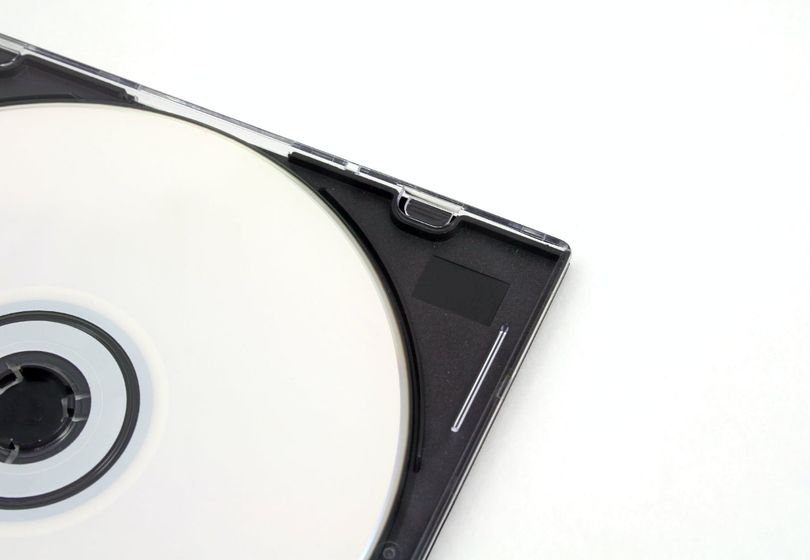
If you want to set up a home theater or simply looking for a way to watch your favorite movies, you may have wondered: DVD or Blu-ray? In this article, we will explain the differences between DVD and Blu-ray, so you can make the right choice.
Image Quality
One of the biggest differences between DVD and Blu-ray is the image quality. Blu-ray offers a higher resolution than DVD and is therefore capable of displaying a sharper and more detailed image. The resolution of DVD is 720 x 480 pixels, while the resolution of Blu-ray is 1920 x 1080 pixels.
Sound Quality
In addition to image quality, Blu-ray also offers better sound quality than DVD. Blu-ray uses lossless audio formats like Dolby TrueHD and DTS-HD Master Audio, which provide higher audio quality than the compressed formats used on DVD.
Storage Capacity
Another important distinction between DVD and Blu-ray is the storage capacity. Blu-ray has a much higher storage capacity than DVD. A single-layer Blu-ray disc can store up to 25 GB of data, while a single-layer DVD can only store up to 4.7 GB. A dual-layer Blu-ray disc can store up to 50 GB, while a dual-layer DVD can only store up to 8.5 GB.
Compatibility
However, one disadvantage of Blu-ray compared to DVD is compatibility. While DVD players can usually play all DVDs, older Blu-ray players may not be compatible with newer Blu-ray discs.
Pros and Cons of DVD and Blu-ray
| DVD | Blu-ray | |
|---|---|---|
| Advantages | Cheaper | Better image and sound quality, higher storage capacity |
| Disadvantages | Lower image and sound quality, lower storage capacity | Higher price, possibility of incompatibility |
Conclusion
The choice between DVD and Blu-ray depends on your individual needs and preferences. If you have a limited budget and image and sound quality are not as important, a DVD can be a good choice. However, if you want the highest possible image and sound quality, need greater storage capacity, and are willing to spend more money, Blu-ray is the better choice.
Products in the category

Easter 3-Movie Blu-ray Bundle - Ben Hur (50th Anniversary Edition), The Bible...In the Beginning & The Robe Collection

Harry Potter Paperback Box Set (Books 1-7)

Inside Out (Blu-ray/DVD Combo Pack + Digital Copy)

Magical Mystery Tour Deluxe Box Set (Blu-ray/DVD/double-vinyl EP)

Didar Blu Ray DVD Player, Ultra Mini 1080P Blue Ray Disc Player Home Theater Play All DVDs and Region A 1 Blu-Rays, Support Max 128G USB Flash Drive + HDMI/AV Output + Built-in PAL/NTSC with Cables
![Tokyo Godfathers [Blu-ray]](https://images-na.ssl-images-amazon.com/images/I/51c0yWmyHDL.jpg)
Tokyo Godfathers [Blu-ray]

Sony BDP-BX370 Blu-ray Disc Player with built-in Wi-Fi and HDMI cable


![Hotel Transylvania 2 - Blu Ray 3D + Blu Ray [Blu-ray]](https://images-na.ssl-images-amazon.com/images/I/517b7A70KNL.jpg)
